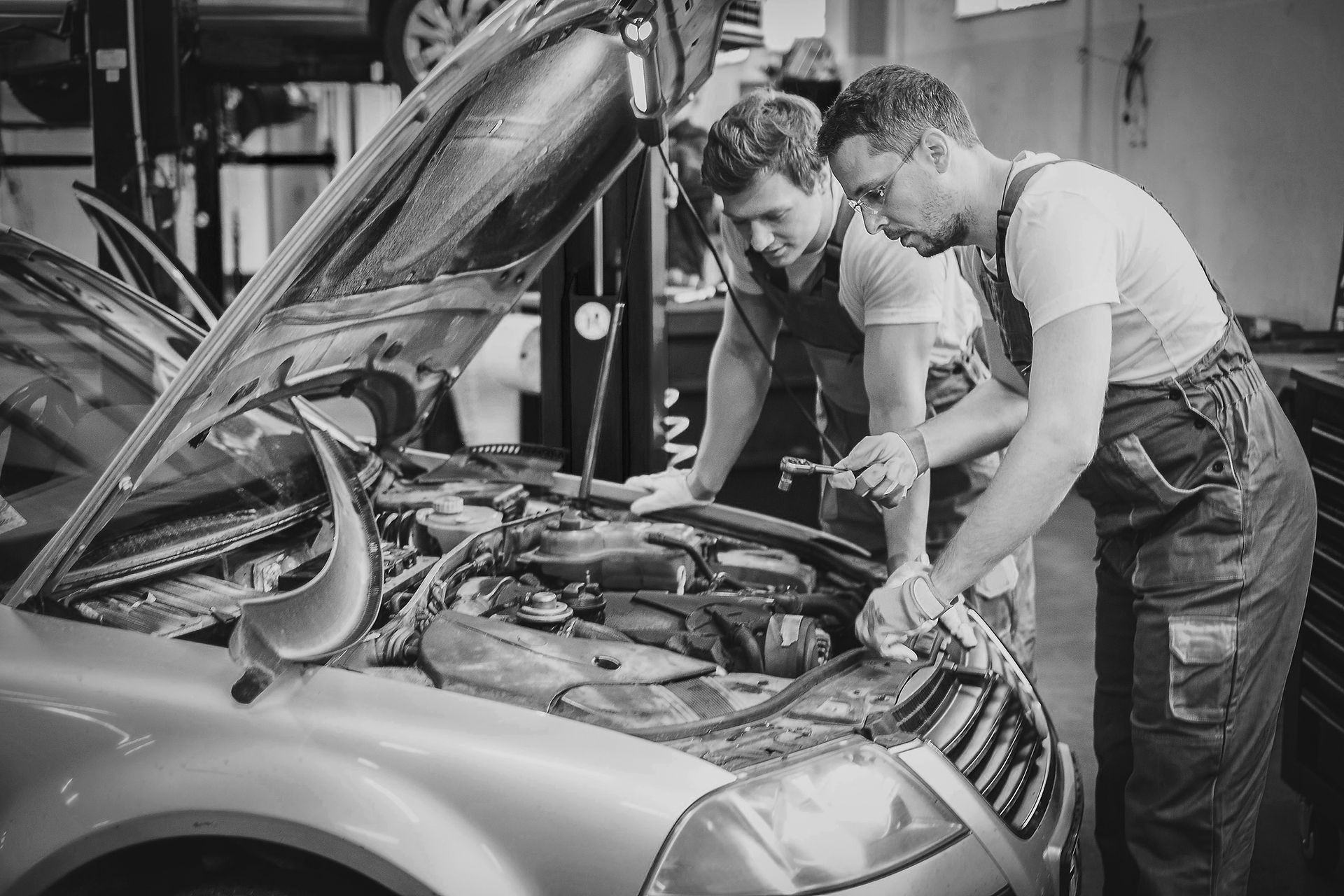What is ADAS Calibration
- Phoenix Bodyshop & Alloys
- Dec 11, 2020
- 1 min read

Increasing numbers of new cars are equipped with Advanced Driver Assistance Systems (ADAS) to help assist motorists on the road. LED Matrix Headlamps and Lane departure warning systems, for instance, use a camera mounted in the top of the windscreen to see the road ahead whilst Adaptive Cruise Control and Braking guard collision detection and emergency braking systems utilise a radar mounted in the front lower grille.
Most common ADAS systems;



For ADAS to work efficiently, there is a variety of sensors that allow the systems to “see” what is happening around the vehicle. The most common are camera, radar and ultrasonic sensors.
Most, ADAS sensors are very precisely aimed and require calibration if their positions are disturbed in any way. This can be from either a major accident or even a minor kerb bump, the camera or radar device can become mis-aligned and this could have a significant impact on the functionality of an ADAS feature, which could be the difference between avoiding an accident or not.
In order to ensure your vehicle’s ADAS technology is working correctly, we strongly recommend getting an ADAS calibration after any of the following events:
Tracking/wheel alignment
Windscreen replacement
Suspension component replacement
Heavy wheel Kerb damage
Collision damage
To book your vehicle in to have ADAS Calibration contact Phoenix Enhancements Services T0117 971 0789





Comments